My first memory of flying was on a Delta flight. For the life of me, I can’t remember where we were headed – I think it was Los Angeles – but that wasn’t what was important.
What was important was that the flight attendant gave my brother and pin that looked like the ones pilots wore on their lapels and we were taken up into the cockpit during the flight.

From that point forward, I was fascinated with planes and aviation in general. Top Gun was my favourite movie as a kid, and I can’t tell you how many times I caught myself daydreaming of flying the SR-71 Blackbird.
I still joke with my friends that if I ever won the lottery, I would purchase a Harrier Jump Jet and recreate the scene from True Lies.
To set myself up for this inevitability, I needed to first learn how to fly, because everyone knows you shouldn’t make the Harrier your first plane. You always go from the Cessna 172N to a Harrier – it’s just common sense.
My Aviation Obsession Progression
When I started with the Miles & Points game, my primary goal was to explore the globe. And after exploring the world a little bit, you soon start to think more about both the aircraft and airline you fly, almost more than the destination itself.
For example, it was a lifelong goal of mine to take a shower at 40,000 feet, and I managed to do that when I flew on the Etihad Airways First Class Apartments. It almost didn’t matter that we would get to explore Abu Dhabi, Etihad’s home base.
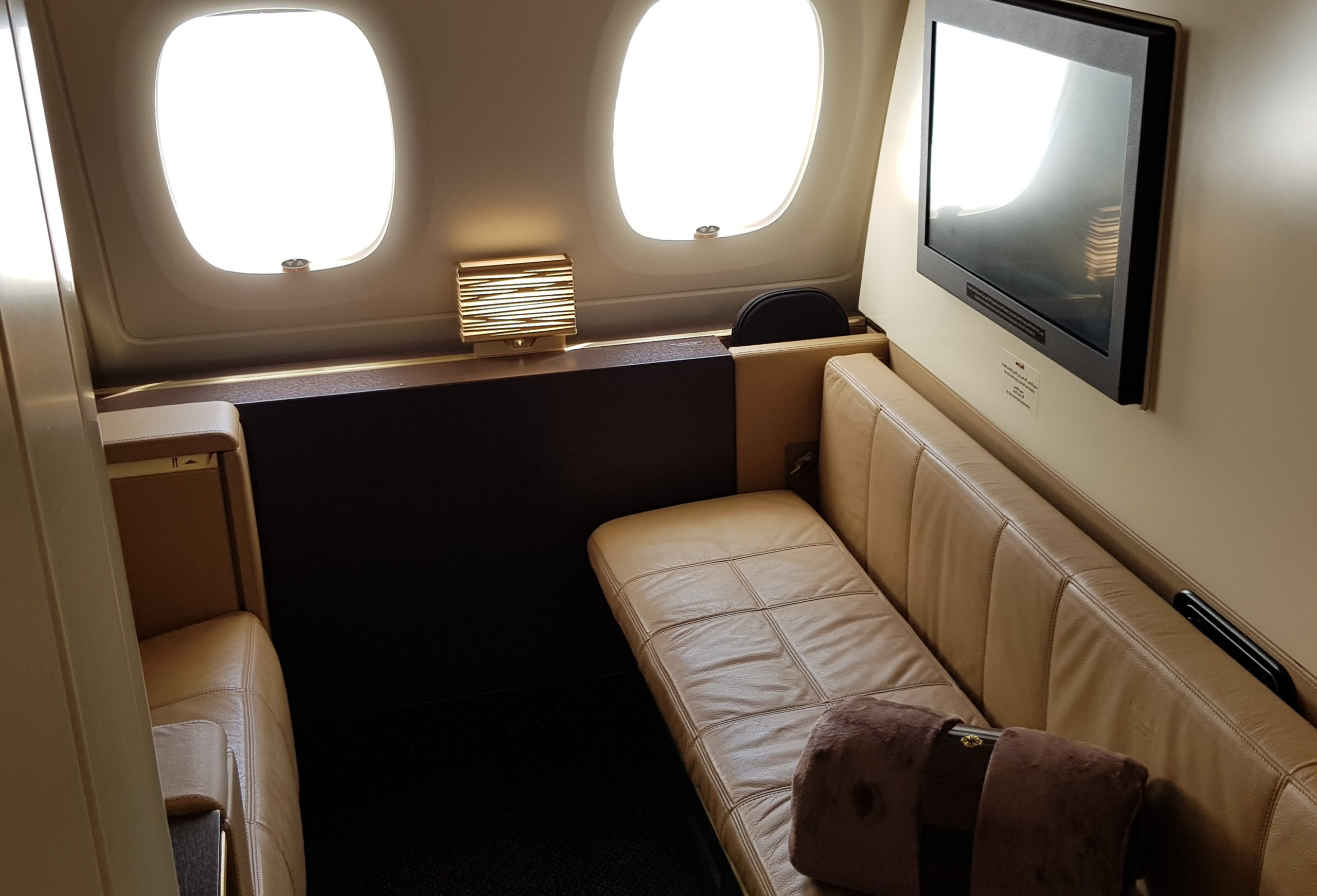
After what seemed like an endless supply of extravagant experiences across the globe, I started to think about what else I could do to chase my next high.
As crazy as it sounds, over the years, I started to feel like there wasn’t a whole lot more to experience. I had flown virtually every aircraft type and experienced a lot of First Class and business class products.
While Ricky seems to be continuing along the journey in great spirits, for me, I had lost some of the butterflies I used to get when trying something new.
I know, it sounds stupid when I say it aloud, and I’ll be the first to admit that I have been very lucky in my life to have discovered Miles & Points. But there was something missing.
Deciding to Pursue My Pilot License
I had always wanted to fly. In fact, I was once an Air Cadet, and while I never pursued my license while I was a cadet, I had a chance to fly in gliders, further cementing my love of flying.
If I were to do it all over again, I would have gotten my Private Pilot License (PPL) while I was with the cadets, as it would have been free as part of the program.
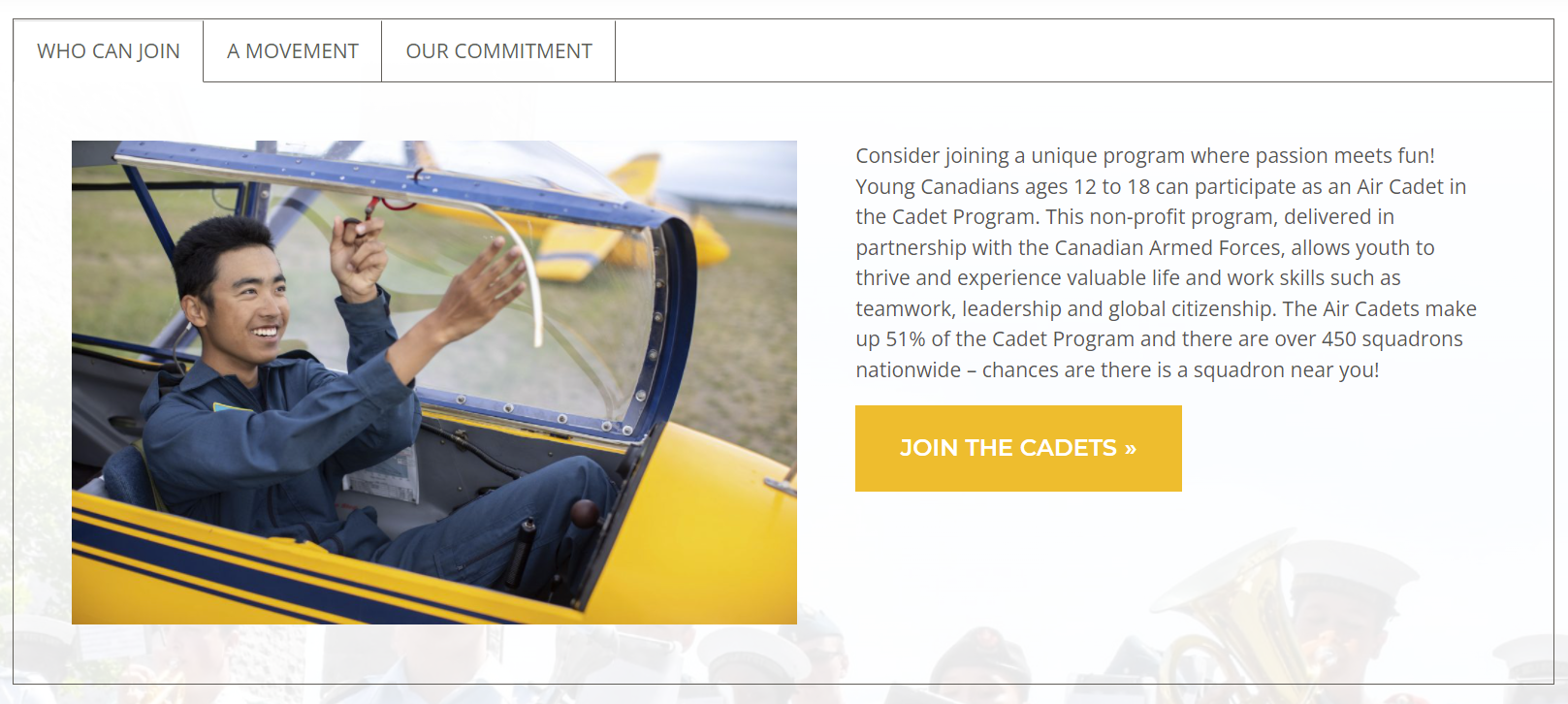
While I had always regretted not getting my PPL while I was in cadets, the desire had always lay dormant in the back of my mind for many, many years.
During the pandemic, I was looking for new hobbies like everyone else on the planet. Seeing as travel was a bit tricky, I turned my focus onto becoming a pilot, once again.
After doing some research and getting the blessing of my very supportive wife, I decided to jump in with both feet.
The Costs of a Private Pilot License
For many, the cost of a PPL is the limiting factor on whether or not to pursue the hobby, and for good reason – it’s not cheap.
Transport Canada sets the bare minimum number of hours before getting your PPL at 65 hours, which is a combination of dual flight instruction, solo flights, and simulator time. Based on this minimum, you’re looking at about $10,000 (CAD).
The Calgary Flying Club, the Flight School that I joined, has broken down the costs as follows:
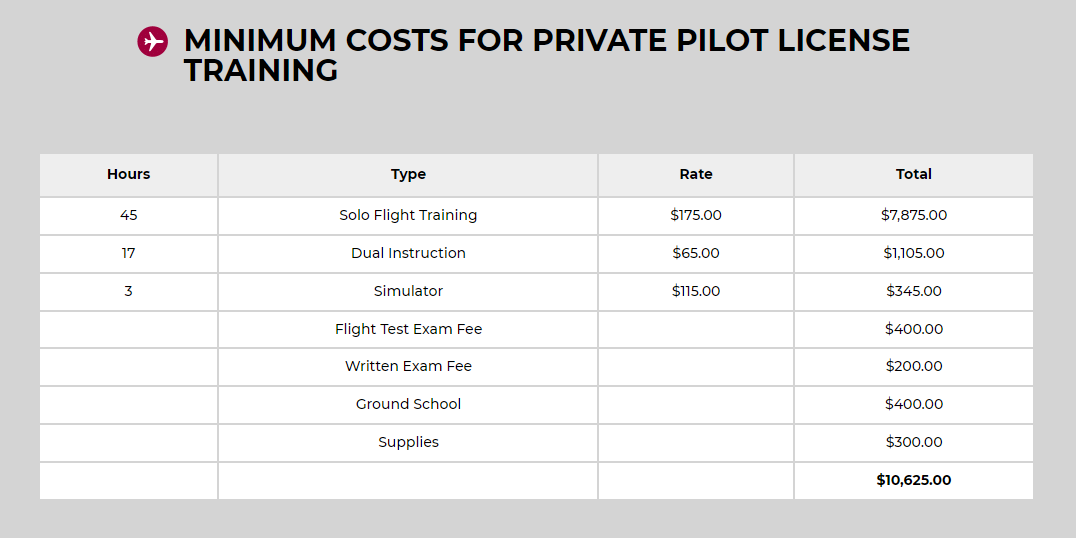
In reality, most student pilots take between 85–90 hours to be comfortable enough to take the the Transport Canada required flight test. The Calgary Flying Club estimates that most students will end up spending $18,000 to $20,000 to complete their training.
Keep in mind that this PPL costs is only for Visual Flight Rules (VFR) flying, meaning that you are only allowed to fly in certain weather and visibility conditions.
For most, VFR flying is fine, but if you want to fly through the clouds and at certain altitudes, or through weather, you will need an Instrument Flight Rules (IFR) rating, which adds a further $3,000–4,000 to your costs.
If you want to fly through the mountains or at night, there are further certification and costs associated.
As you can see, Transport Canada takes flight training very seriously, which is why there is such a stellar record of safety when it comes to aviation in general.
Discovery Flight
The first thing you should do before committing to getting your PPL is to contact a flight school and get on a Discovery Flight.
On a Discovery Flight, you sit in the pilot’s seat of a plane (the left seat) and go flying with a Flight Instructor (FI). The FI does all the work while you get a real sense of what it would be like to fly.
The purpose of the Discovery Flight is to ensure that flying is right for you. I didn’t have any doubts, but there are stories out there of people that just couldn’t handle the experience of flying in a small plane and got airsick.
Some reported that they experienced vertigo; luckily, that didn’t happen to me. If you are ever uncomfortable during your Discovery Flight, it might be a sign that you should find a different hobby.
You can also make this a fun experience, as you typically get to choose where you want to fly to. I was given the option of doing a flight over Downtown Calgary, or through the mountains.
I went with the mountains because I had never closely overflown the Rockies before and wanted to get a sense of what it looked like, up close and personal. Let me tell you, it was gorgeous and a completely different perspective.
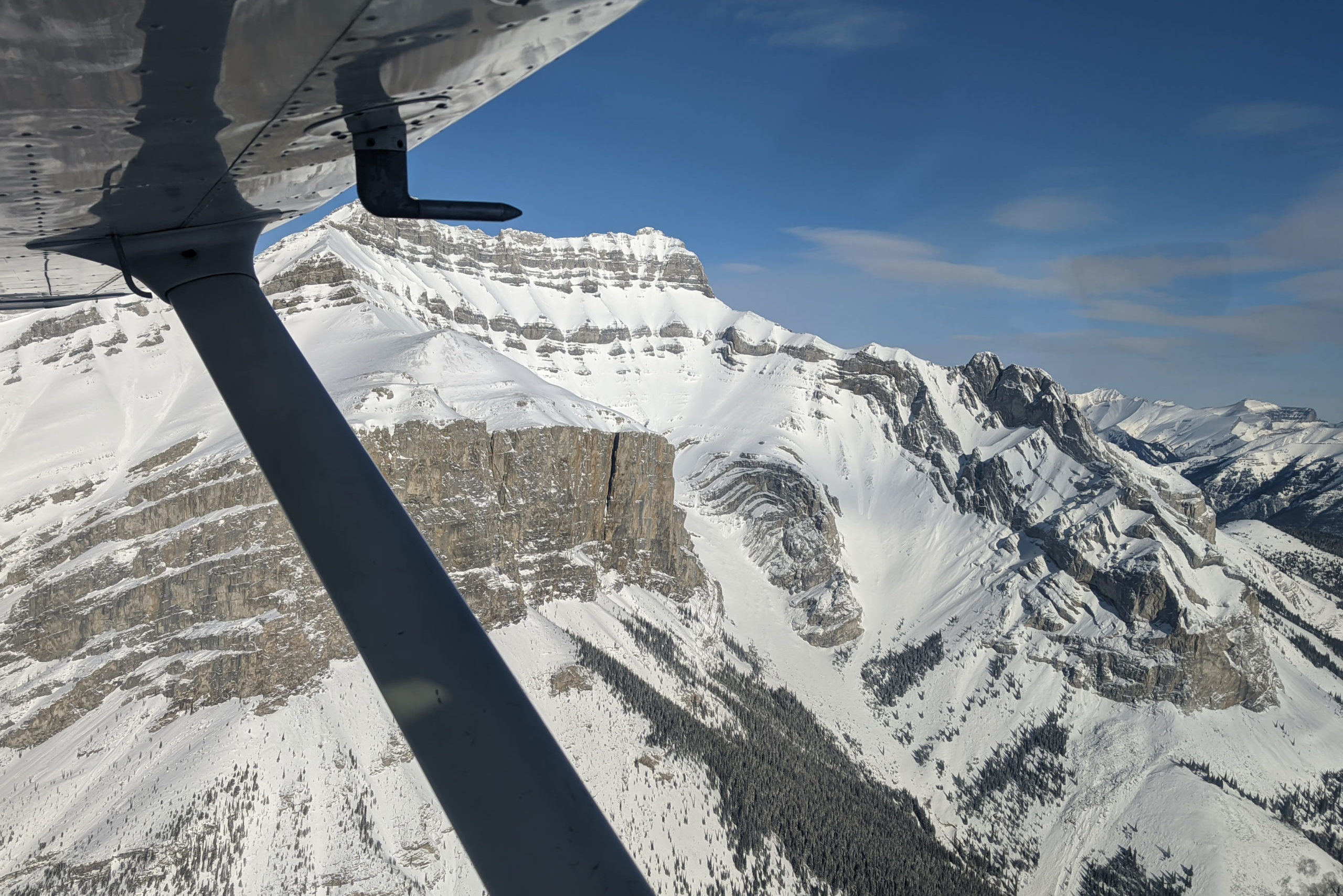
The additional benefit of the Discovery Flight is that while you still pay for the FI’s time and the rental of the plane, it does count towards your minimum hour requirement for your PPL.
For those who are interested, I flew for 1.1 hours and the total cost was $223.65. Even if you don’t pursue your PPL, I would recommend taking a Discovery Flight as it is quite a bit of fun!
Medical Exam
If, after your Discovery Flight, you decide that you want to pursue your PPL, the first thing you should do is to get a Medical Exam.
Transport Canada has strict medical requirements that you have to pass before you are allowed to fly in a plane solo – that is, without a Flight Instructor.
Some pilots wait until they are ready for their first solo before getting their aeromedical, but I would strongly discourage that.
There are cautionary tales of people that have spent thousands of dollars and countless hours getting up to the point of their first solo – and when they go to get their aeromedical completed, find out they have a heart murmur or poor vision, resulting in a denial of their aeromedical certificate. I would highly recommend getting your aeromedical done first as part of your initial investment.
My aeromedical exam was completed by YBW Aeromedical Clinic at a cost of $160. During this exam, you are tested on vision, hearing, and heart health via an ECG. A aeromedical certificate is renewed once every five years if you are under 40 and once every two years if you are over 40.
Assuming you pass your aeromedical examination, you will receive a aeromedical license from Transport Canada in the mail.
Ground School
In order to get your PPL, there are certain tests that you need to pass beyond the flight test. These tests cover off the theory of flight and all the rules and regulations associated with flying a plane.
In Ground School, you cover off the following subjects:
- Airframes, Engines, and Systems
- Theory of Flight
- Flight Operations and Aircraft Performance
- Pilot Decision Making and Human Factors
- Flight Instruments
- Basic Meteorology
- Advanced Meteorology
- Weather Services
- Navigation 1: Flight Planning
- Navigation 2: Practical Navigation
- Navigation 3: Radio Navigation
- Air Regulations 1
- Air Regulations 2
If you were to do Ground School in an expeditious manner, you could complete it in about 40 hours. However, I would budget for about 50–60 hours as there are some heady subjects and a lot of rules and regulations to understand.
PSTAR and RCO
Before you can solo, you will need to get both your Private Solo Air Regulation (PSTAR) certification as well as your Restricted Operators Certificate (RCO).
The PSTAR is a standardized test to ensure you understand air regulations in Canada, and it covers the following topics:
- Collision Avoidance
- Visual Signals
- Communications
- Aerodromes
- Equipment
- Pilot Responsibilities
- Wake Turbulence
- Aeromedical
- Flight Plans and Flight Itineraries
- Clearances and Instructions
- Aircraft Operations
- Regulations – General Airspace
- Controlled Airspace
- Aviation Occurrences
Many of the topics covered off in the PSTAR are also included in the information covered off in Ground School. I decided to complete my PSTAR first and then begin my Ground School, as the PSTAR is a good introduction into some of the subjects covered off in Ground School.
In order to pass your PSTAR, you must score at least 90% over the 50-question multiple choice test.
The RCO tests your proficiency on radio knowledge, and requires a 70% or higher to pass. The RCO is by far the easiest test to pass along your PPL journey.
My First Solo
After about 20–25 hours of dual flight training with your Flight Instructor, you will have picked up enough skills to take on your first solo flight. That first solo flight is an odd combination of freeing and terrifying.
On the day of your first solo, you will ground-brief with your FI on all the different contingencies that you may face while out on your first solo to make sure you are prepared for any eventuality.
For the first part of your solo day, you are required to complete three flawless circuits (i.e., takeoffs and landings) with your FI. Assuming they are good, you are sent up for one single circuit on your own.
During this first solo, you are responsible for every aspect of flight including radio communications with the tower, flying the circuit, and landing.
On my first solo, I was very nervous and had a few rough landings with my FI, so I completed about eight circuits with my FI before he was confident that I was safe enough to try my first solo.
I’m happy to report that my first solo went very smoothly and I had the smoothest landing of my flight career.
After your first solo, you are invited to take pictures with your FI to celebrate your accomplishment. They also usually have a surprise in store, but I won’t tell you about it in case you decide to pursue the PPL yourself. It sure feels like you’ve won the Super Bowl after your first solo!
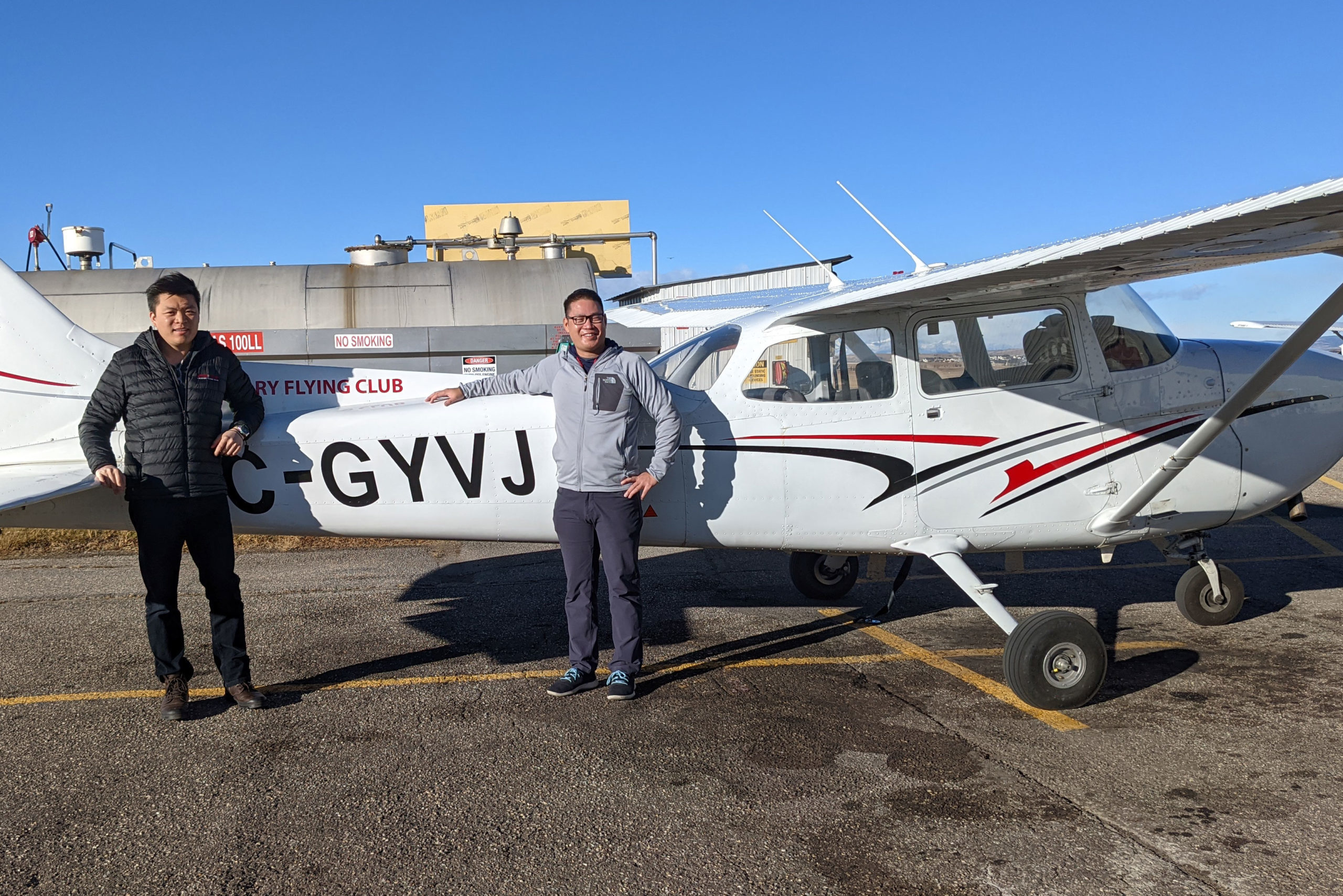
Impressions from Pursuing My Private Pilot License
I’ve loved every second of pursuing my PPL, but I will say that there is a ton of work involved in getting certified. I am still trying to complete my Ground School and am about 80% complete, but that part of the certification has been a bit of a grind.
Every second of flying has been incredibly fun and I have a learned a lot about the decisions a pilot makes while flying, whether it be for fun or commercially. This has allowed me to better understand what a pilot goes through when they fly you from Calgary to Toronto or anywhere else.
I now listen to Air Traffic Control (ATC) when I’m on a plane that’s about to depart, and I pull up the Aerodrome Chart to follow along as ATC issues clearances and taxi instructions.
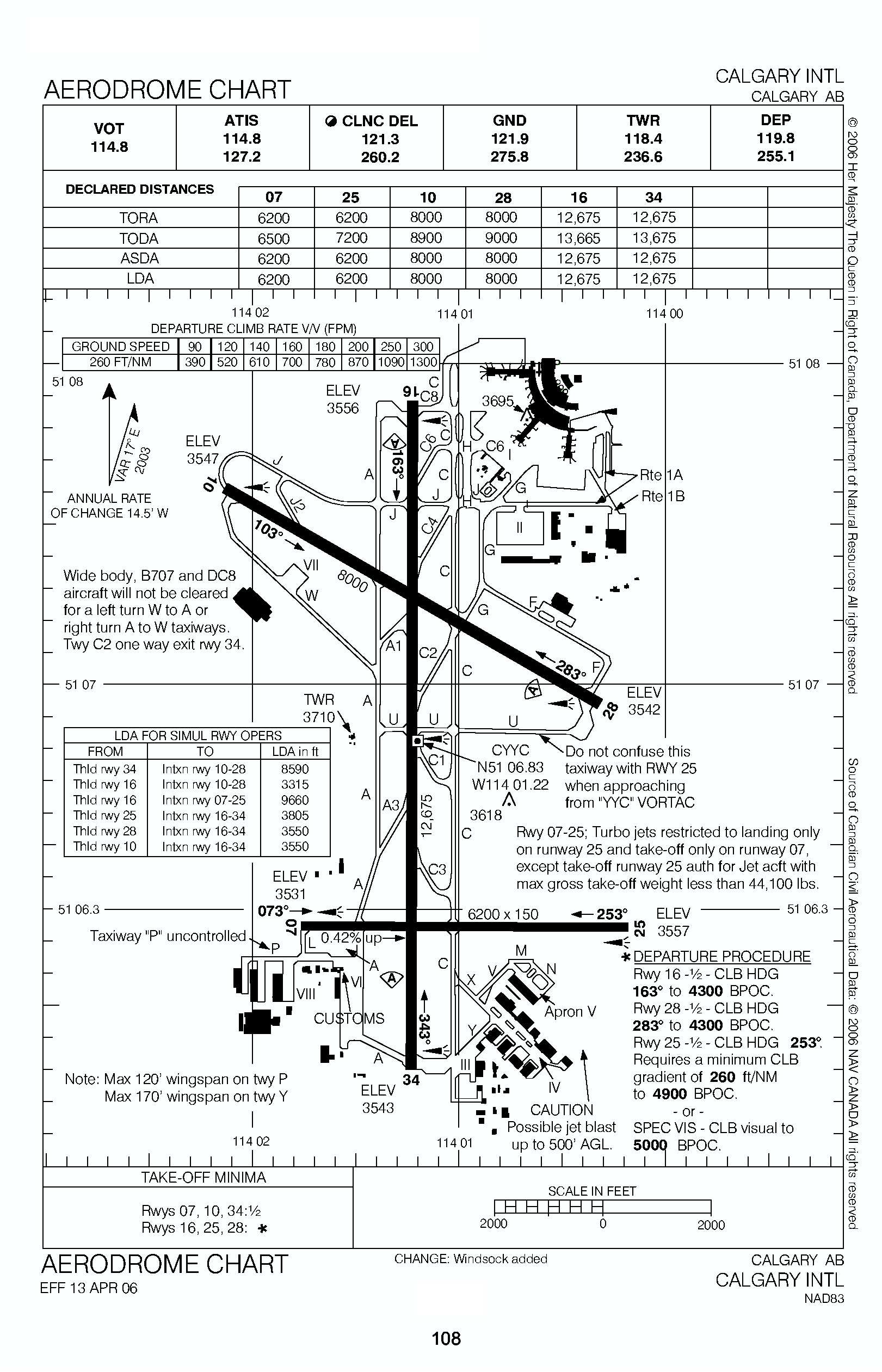
Conclusion
Pursuing my Private Pilot License has been one of the most challenging but fun things that I have ever done. I have very little interest in becoming a commercial pilot, but certainly a strong understanding of why they can be so highly paid.
After over a year of hard work, I look forward to completing my Ground School and taking to the skies as a fully certified private pilot in the near future.
If you are looking for a last minute gift idea for the aviation geek in your life, I would strongly encourage you to look into purchasing a Discovery Flight. It might be a great way to open up a new chapter that turns out to be incredibly rewarding.


















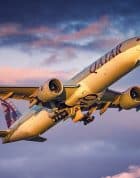

Hello, all current and future pilots! I just saw this bald eagle soar in the grey skies of Whitehorse. It’s -22ºC and the wind chill is -36ºC Why would the eagle fly at all today? Because he or she loves flying – dah! And yes, if getting your PPL is on your bucket list, DO IT! Ah, and while there is a lot to learn, it’s all practically relevant and not academic. Cheers, Stefan
Hello fellow Aviator Jayce, thanks so much for your story! I’m a former commercial bush pilot, having experienced some of the most rewarding flying in the Yukon and northern BC (come try it out, I will give you tips). My dream planes I never got to fly are a Cessna Caravan and the Pilatus PC 12 (your title pic of a single engine turboprop was mouth-watering). I was a bored corporate banker when I got my PPL in Germany. Then I became a sales manager at a global business aviation company. Then I got my IFR in Durango, Colorado. It was just a license to practice and I never flew Instruments again. And finally my wife and I started our own single engine charter company out of Atlin, BC. BTW: She had an engine failure on her first solo – I was watching on the ground how she managed to glide-land safely. Whenever we need strong nerves in our lives, she will be the one! My first solo was the most liberating achievement in my life. I loved flying because you can move in the third dimension, it’s a true challenge and you need to read nature. Our best flight was a Transcanada-Tour – 77 flying hours and 33 airports! Your fellow aviation enthusiast Stefan
Congrats on the accomplishments so far, and good luck on those still to come. Keep at it, you will never regret the money spent, the effort expended, or other minor details that will not matter when you look back. I started flying at age 12. Took me a long time to complete al the requirements for the license (growing up, getting financially able to do it), but you will never forget how to do it (like riding a bicycle). Now, some 50 years later, I own an old Cessna (ownership is a whole other adventure…) and enjoy every single flight. Keep at it. I’ve met a lot of pilots (and wished-they-were-pilots) in my days. Among the licensed pilots, one thing has stood out: every single one has said something roughly the same — when asked if they ever regretted learning to fly, without exception, every one said “I only wish I hadn’t waited so long to do it.” So true. Good luck, have fun…blue sky and tailwinds to you, brother.
I too got my PPL this past year in High river AB. They have DA-20’s so I chose to go there instead of spring bank considering spring bank is only a 15min drive compared to an hour but I don’t regret it. Don’t be discouraged about the flight test if you chief instructor says your good your good I also took a long time to take my written almost 6 months after my flight test. Which I regret as I could have enjoyed some night flights in the summer but now I have to do my walk arounds in the -20°C. Lol
I’m 36 and after many missed opportunities of getting my PPL and it’s the most accomplished thing I have done for my self personally don’t give up and continue
Keep on studying, Joyce. I, too, have picked it up as a “hobby” during the lockdown, since I’ve wanted to fly to space since I was a kid. It’s the most intense hobby I have ever considered, and by the end of the process in anticipation of the check ride, I could not sleep, I was a nervous wreck. It sure took a lot more than the minimum amount of hours, but hey, as a wise person once wrote, they don’t put the number of hours it took you to pass on your license, the just put “pilot”.
I’m happy for your journey. Just so you know, minimum experience requirements for PPL in Canada is 45 hours.
Very cool Jayce! I too have pursued my PPL.
Our flying club is out of YOW which is unique since its an international airport and your sharing the radio waves with AC, WS and the like.
Taxiing past the heavys while putting along in a C170 gets some funny looks from commercial paxs out their windows.
Requesting clearance for multiple touch and goes is fun, I did about 8 or 9 in a row on runway 32.
Im wondering how do you listen to ATC while onboard a commercial flight? Is there some app?
You had me until the Ground school syllabus. Truck load. I’m waiting for Uber drones to be a thing in order to get to a cottage. Waiting for the redemptions for that as well. Small mistypo need the “-” in 5060 or PPL would take another 240 days with no sleep. High times !
Advice for anyone tempted to do this: don’t wait until you’re 90, walking with a cane! Jayce wisely regrets waiting until now (30s?) rather than earlier, when someone else would have paid (and the task easier, no doubt). From my elevated perch (let’s say “over 50”), I congratulate you for not waiting ’til Too Late Jayce!
Death bed wisdom: “The only things I regret are the things I DIDN’T do!”